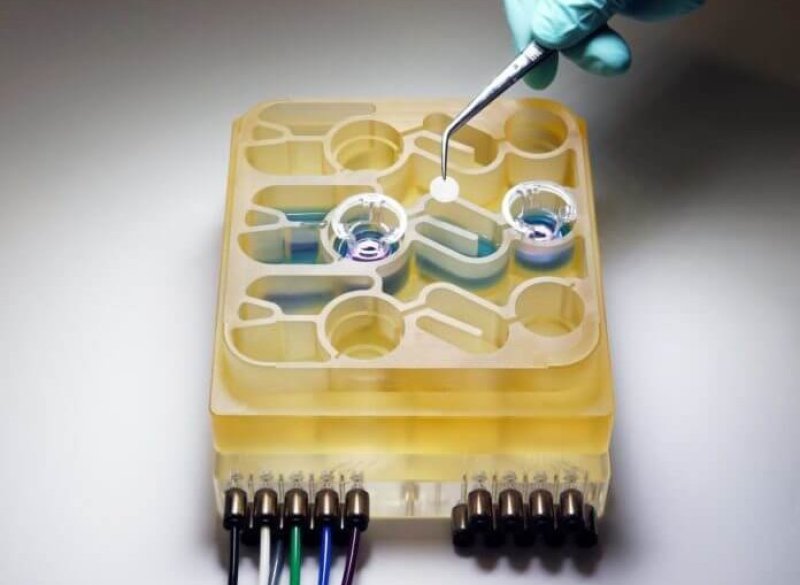[B]acteria living in our gut can influence some neurological diseases. To help researchers better understand how this gut-brain axis communicates, Massachusetts Institute of Technology (MIT) researchers have developed an “organs-on-a-chip” system that replicates interactions between the brain, liver, and colon.
Using their system, the researchers were able to model the influence that gut microbiome organisms have on both healthy brain tissue and tissue samples derived from patients with Parkinson’s disease. They found that short-chain fatty acids (SCFAs), which are produced by gut bacteria and are transported to the brain, can have very different effects on healthy and diseased brain cells. “While short-chain fatty acids are largely beneficial to human health, we observed that under certain conditions they can further exacerbate certain brain pathologies, such as protein misfolding and neuronal death, related to Parkinson’s disease (PD),” said Martin Trapecar, PhD, an MIT postdoc and the lead author of the study.
The findings offer support for the notion that human tissue models could provide insights that animal models cannot, [researcher Linda] Griffith said. The researchers plan to model other types of neurological diseases that may be influenced by the gut microbiome.































